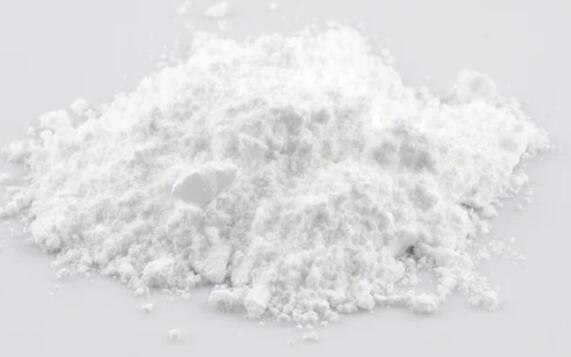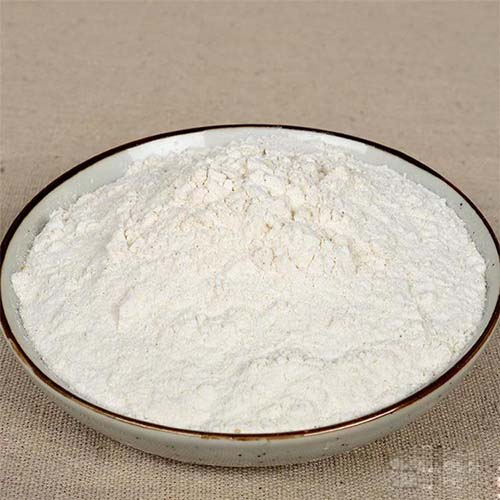Use and Properties of Calcium hypochlorite
Jun 15,2022
Introduction
Calcium hypochlorite, a relatively stable, and easily stored and used solid hypochlorite oxidant, was found to oxidize secondary alcohols to ketones in excellent yields. Primary alcohols gave esters where both the acid and the alcohol portions of the esters were derived from the alcohol. Ethers were oxidized to esters though only in moderate yield[1].
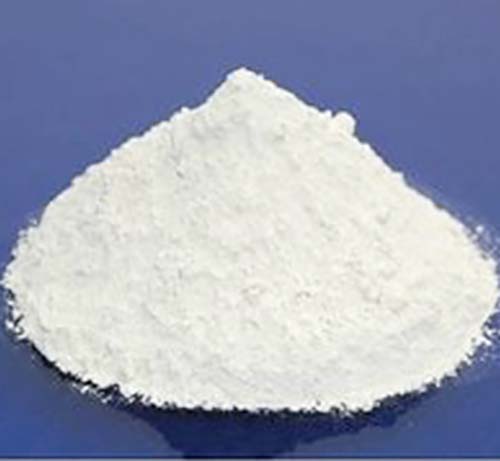
Picture 1 Calcium hypochlorite powders
Properties
Several chemicals investigated for their tissue-dissolving ability were found to be ineffective except chlorine dioxide . Calcium hydroxide (Ca(OH)2) is an intracanal medicament with antibacterial activity, and necrotic pulp tissue pretreated with this chemical enhanced the tissue-dissolving effect of NaOCl (21–26). Calcium hypochlorite (Ca[OCl]2) is used for industrial sterilization, bleaching, and water purification treatment (27). It is relatively stable and has greater available chlorine than NaOCl (up to 65% available chlorine). Ca(OCl)2 is available as granules, and in a freshly prepared aqueous solution, the following reaction occurs: Ca(OCl)2 +2H2O → 2 HOCl + Ca(OH)2.
Ca(OCl)2 solution was made up freshly from granules (R & D Laboratories Ltd, Antrim, Northern Ireland, UK) at the time of each experiment. Different concentrations were prepared with distilled water (weight/volume [w/v] ratio) to strengths of 5% and 10% and mixed using a magnetic stirrer for 10 minutes. Ca(OCl)2 granules partially dissolve in an aqueous solution liberating both hypochlorous acid and Ca(OH)2.
The effect of calcium hypochlorite (Ca(ClO)2) on the flotation separation
The effect of calcium hypochlorite (Ca(ClO)2) on the flotation separation of covellite and pyrite with ammonium dibutyl dithiophophate (ADD) has been investigated through micro-flotation tests, zeta-potential measurements, infrared spectroscopy (IR) analyses, adsorption measurements and X-ray photoelectron (XPS) analyses[2]. The flotation results illustrate that Ca(ClO)2 depressed pyrite selectively and had little effect on covellite at pH 10. The zeta-potential measurements indicate that a potential change occurred on covellite and pyrite because of the adsorption of ADD. The selective adsorption of Ca(OH)+ on pyrite causes a sharp decrease in the negative potential. In addition, adsorption studies and IR analyses demonstrate that the adsorption of ADD on pyrite is strongly inhibited by Ca(ClO)2, whereas that on covellite is affected only slightly. Furthermore, XPS analyses confirm that pyrite is preferentially oxidized by Ca(ClO)2 to form CaSO4 and Fe(OH)3 on its surface; thus, the adsorption of ADD on pyrite is prevented, resulting in the depression of pyrite.
Calcium hypochlorite is an efficient reagent for the oxidation of aldehydes to the corresponding acids. Reactions are carried out at ambient temperature in aqueous acetonitrile-acetic acid solution. Aliphatic aldehydes and aromatic aldehydes with electron withdrawing groups afford good to excellent yields. Nuclear chlorination is the preferred reaction in aromatic aldehydes with electron donating groups[3].
A precipitate formed by 2.5% and 5.25% Ca(OCl)2 solutions was observed. Ca(OCl)2 showed a higher concentration of available chlorine than NaOCl. Both 2.5% and 5.25% NaOCl and Ca(OCl)2 had a decrease in the available chlorine content when compared with freshly prepared solutions; 0.5% and 1% NaOCl tend to have a lower pH compared with 0.5% and 1% Ca(OCl)2. NaOCl, 5.25%, showed higher pH compared with 5.25% Ca(OCl)2. NaOCl and Ca(OCl)2 in 0.5% and 1% concentrations tend to show a reduced pH level, whereas 2.5% and 5.25% solutions showed an increase in pH. The heat contributed to the instability of the solutions[4]. NaOCl showed lower surface tension values than Ca(OCl)2.
Ca(OCl)2 solutions are extremely alkaline and tend to have more available chlorine content than NaOCl but have a higher surface tension than NaOCl. Regarding the available chlorine content, these solutions tend to be stable to 30 days of storage when kept at 4°C or at 25°C[5].
Reference
1 de Almeida, Ana Paula, et al. "Comparative evaluation of calcium hypochlorite and sodium hypochlorite associated with passive ultrasonic irrigation on antimicrobial activity of a root canal system infected with Enterococcus faecalis: an in vitro study." Journal of endodontics 40.12 (2014): 1953-1957.
2 Nwaukwa, Stephen O., and Philip M. Keehn. "The oxidation of alcohols and ethers using calcium hypochlorite [Ca (OCl) 2]." Tetrahedron Letters 23.1 (1982): 35-38.
3 Twomey, Jonathan O., et al. "Calcium hypochlorite as a disinfecting additive for dental stone." The Journal of prosthetic dentistry 90.3 (2003): 282-288.
4 Nwaukwa, Stephen O., and Philip M. Keehn. "The oxidation of aldehydes to acids with calcium hypochlorite [Ca (OCl) 2]." Tetrahedron Letters 23.31 (1982): 3131-3134.
5 Carlotto, Israel Bangel, et al. "Calcium hypochlorite solutions: evaluation of surface tension and effect of different storage conditions and time periods over pH and available chlorine content." Journal of Endodontics 42.4 (2016): 641-645.
- Related articles
- Related Qustion
Zinc pyrithione (or pyrithione zinc) is a coordination complex of zinc. It has fungistatic (that is, it inhibits the division of fungal cells) and bacteriostatic (inhibits bacterial cell division) properties and is used in the treatment of....
Jun 14,2022Organic Chemistry3-O-ethyl-l-ascorbic acid (EA) is an l-ascorbic acid derivative with an ethyl group at the third carbon position.....
Jun 15,2022APICalcium hypochlorite
7778-54-3You may like
Calcium hypochlorite manufacturers
- Calcium hypochlorite
-
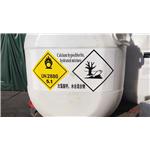
- $1.00 / 40kg/drum
- 2025-12-12
- CAS:7778-54-3
- Min. Order: 40kg/drum
- Purity: 0.65
- Supply Ability: 100
- Calcium hypochlorite
-
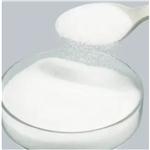
- $1100.00 / 100Tons
- 2025-09-26
- CAS:7778-54-3
- Min. Order: 100Tons
- Purity: 99.99%
- Supply Ability: 200Tons
- Bleaching powder Ca(ClO)2
-

- $900.00 / 1T
- 2025-06-20
- CAS:7778-54-3
- Min. Order: 20T
- Purity: 99%
- Supply Ability: 2000tons




